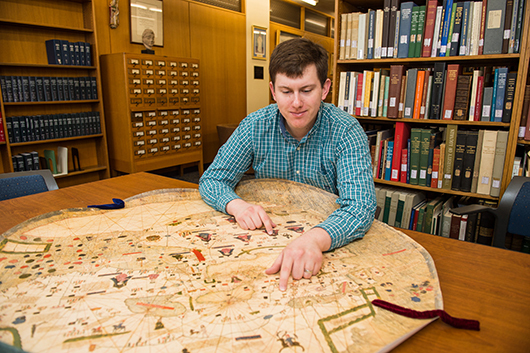New Light in Old Darkness: Why the Middle Ages matter more than ever

Imagine traveling to the vibrant port city of Alexandria, Egypt, in the year 1000. Perhaps you are a Muslim legal scholar making the pilgrimage to Mecca, or a Jewish physician serving in a royal court, or a Latin Christian merchant trading spices from Indonesia. If arriving by sea, you would sail into the city’s double harbor guided by the Pharos, a towering lighthouse built on an island. Historians believe it was the tallest structure in the ancient and medieval worlds, a marvel to behold. Over a millennium after the Greeks built it, the Pharos still stood, weathering the epochal changes of history.
As a visitor, you would observe the layers of that history reflected in the city’s architecture, economic activity and urban planning. Once the gateway to ancient Egypt, Alexandria had passed in the sixth century from Roman imperial rule to the Arab caliphate. Strategically situated along the Mediterranean coast, it flourished as a commercial hub linking the African and Eurasian continents. All three Peoples of the Book dwelt side by side in this center for philosophical, scientific and theological learning. Ornate mosques, churches and synagogues lined the city’s broad street grid.
This is an excerpt from Notre Dame Magazine's "New Light in Old Darkness: Why the Middle Ages matter more than ever." Read the full piece.